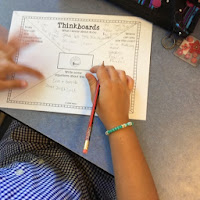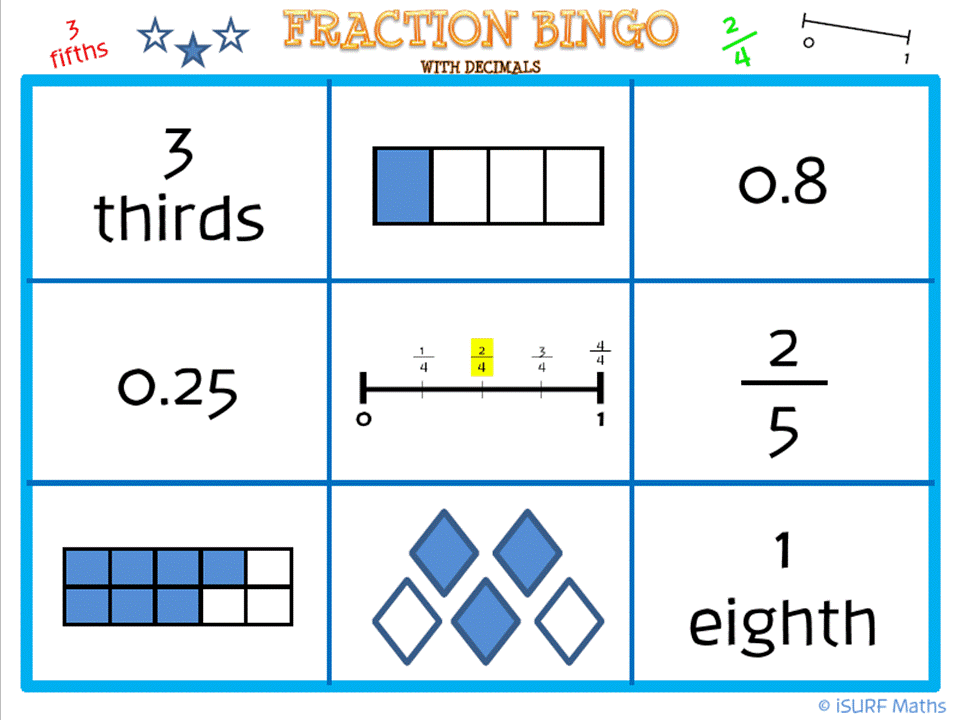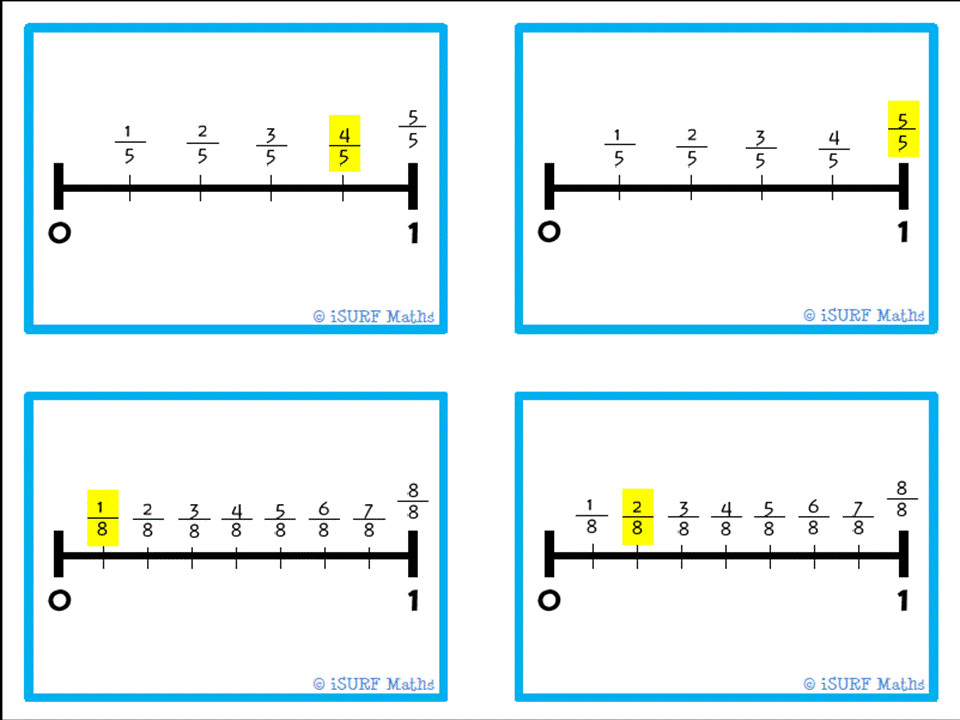We normally post our new products on a Wednesday - but I needed to tweak this a little, so here it is!
Money - Giving Change (Australian Money) – 58 pages
This pack is aimed at Year 4.
At Year 4 Level our students are required to give change accurately to
5c and know that they can use calculators to check their answers. They
investigate the use of foreign currencies and make comparisons to our own
currency.
This pack contains
‘I Can’ Charts - Refer to them at the start and at the conclusion of
the lesson as a reflection.
Thinkboards for working out change, including rubbings of change given.
What’s my change?
Each picture of a wallet or bag has an equation to
solve. Work with a partner and show how much change is given. Work them out then check on a calculator. Use
play money to place on top to show the change.
Dice tasks.
Roll the dice twice. Record the two amounts and decide which one is
larger and subtract the second amount. You can use the bag page – laminate and
use dry erase markers to record the equation.
Using play money or the money provided (at the end of the pack) to show
how you make the change. Check on a calculator.
What does my change look like?
Copy in colour and use as a learning centre. Cut each card out.
The cards could be used for - Read the Room task and use the recording
sheet. Copy and place around the room. The students locate the cards, record
the equation needed and write down the answer. Sorting in sequence for the
prices listed on each card. The red tag is the price of the item and the note
is the money that the students have. They need to work out the change needed. Students may work out as an algorithm, use
coins to work out the amount needed as change or use a calculator.
Other currencies - To assist in investigating other currencies the
tasks include – a template to record the currencies of five countries. Rubbings
of foreign coins. Ask students to bring in coins from family travels and make
rubbings of them. Venn Diagram to compare our currency to one other foreign
currency. Compare prices task. Model this task using internet research and then
let students investigate the process for objects. Change needed? Use the
information gathered in previous task, then add the note or coins needed to buy
the item and in the final column record the change given.
Assessment - the template is for recording the learning of each of your
students. There is space to record your comments too!











































